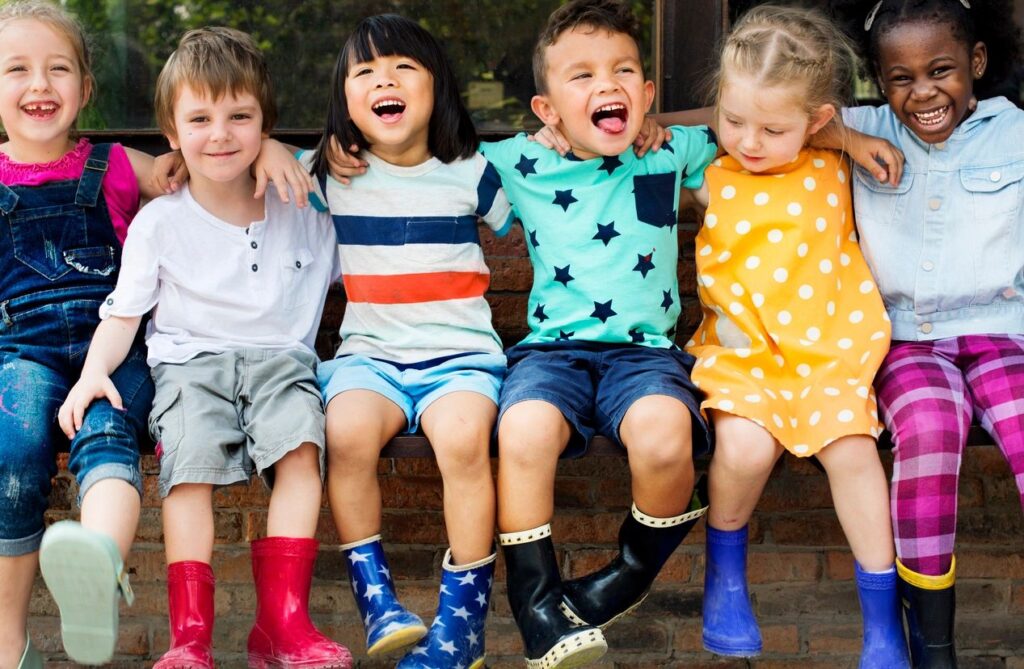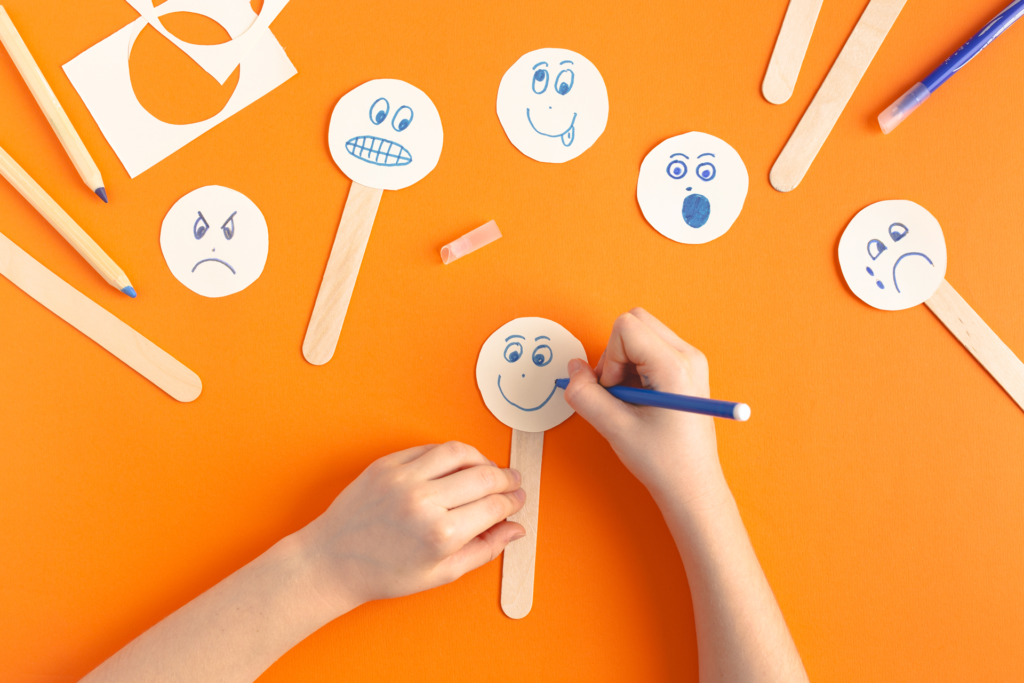Ok, parents you have done your prep work and considered all sorts of things that may have an impact on your child’s readiness for potty training. Now onto some practical tips and references!
Getting Started…..
Whether you are training at home, or in a combination of settings, begin by charting the diapering/toileting of your child. If your child attends Preschool or daycare meet with staff and discuss charting in both places, so that you can look for a pattern in which your child is constantly dry for at least two hours. Use the information to begin taking the child to the toilet before he/she is usually wet.
Decide what your toilet training procedure is going to be. Some experts recommend that stickers or small treats not be used when you are toilet training, while others think that short term use, as a motivator to ‘get your child’s attention’ are okay. This is a strategy you will need to decide about. If your child spends part of the day outside your home, talk to staff at the other location(s) and decide together what the procedure will be, and the language you will use when talking to the child about going to the bathroom. Consistency between settings is very important!
Your child should now begin wearing training pants/regular underwear during the day. Be sure to provide at least one change of clothes for your child, so he/she can be changed when there are accidents. You do not want to confuse your child by switching back and forth between diapers and underwear.
Begin taking your child to the toilet at regular intervals. If he/she attends Preschool or Daycare, bathroom trips may be done at regular intervals with a group, which works very well because children this age love to imitate, and soon want to go to the bathroom in the toilet because they see their friends are.
If your child accidentally wets or has a bowel movement in her/his pants, reassure her/him it is okay and clean up immediately. Use positive, reassuring language, such as “Oh, I see your pants are wet. Let’s get you changed. The next time you have to pee, you can go on the toilet.” Before you begin training, be sure to talk to staff at your daycare or Preschool about how accidents are handled, in order for your child to receive the same message in both places.
Toilet training can be a challenging time for families, and often can be quite stressful depending on the advice you receive, the personality of your child, and other things going on in your life. There are resources available to provide information to support you, particularly if you are having problems. Please don’t feel embarrassed, or that people will judge you, everyone who has children knows how challenging toilet training can be. Ask for help if you need reassurance or some tips! This too, shall pass.




